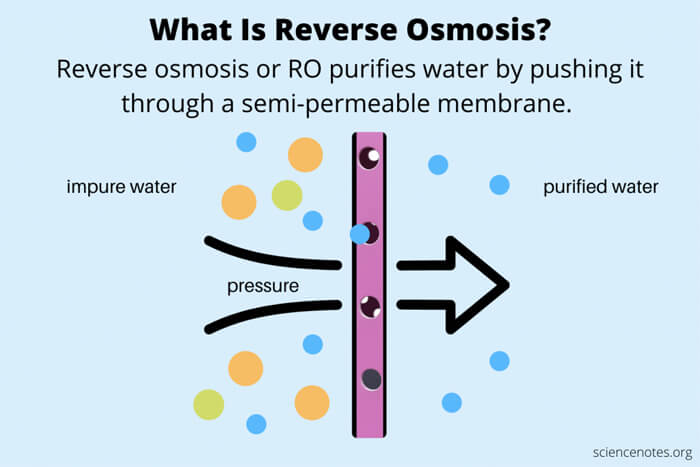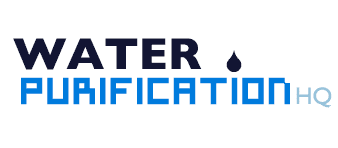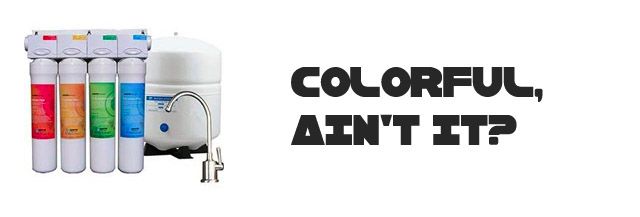Reverse osmosis is a popular option for purifying your water, but what exactly is accomplished by this process and how does it work?
Reverse osmosis uses a semi-permeable membrane to filter out contaminants. In other words, the water passes through a number of miniscule pores that are big enough for the water molecules, but not large enough for microorganisms, heavy metals, microplastics and other contaminants.

Photo from https://sciencenotes.org/
Most reverse osmosis filters have several components that the water passes through. There is typically a pre-filter that removes larger contaminants and sediment. After that, the water passes through the membrane of fine pores (sometimes several stages of membranes, depending on the filter model). As the water passes through, it becomes increasingly purified and free of contaminants.
Reverse osmosis filters provide water that is pure and odorless. They remove volatile organic compounds, heavy metals and a wide range of other contaminants. Many reverse osmosis filters can even remove fluoride and chlorine from your water. In addition, the membranes themselves can last for several years.
All of this sounds too good to be true. What are the possible downsides? Well, there aren’t many. For one, reverse osmosis is generally a slow process. Because the water has to pass through several membranes, the water takes longer to filter than a typical pitcher device, for example. However, many companies have now increased the size of tubing and housing to accommodate a greater flow rate.
Another concern for some people is that reverse osmosis can also remove certain minerals from the water, like calcium and magnesium. Again, this has been addressed by many of the more reputable companies, who offer a remineralization stage in their filters.
Some people advocate the use of reverse osmosis with pre-treated tap water. They say that if you are using well water or otherwise untreated water, you should use reverse osmosis in conjunction with something like UV light treatment, to insure that all offending bacteria, protozoa and viruses are killed.
It should be said that reverse osmosis is exceptionally effective at removing microorganisms, including viruses. In fact, even the CDC says that RO systems are suitable to remove bacteria, protozoa and yes, even viruses. They do not neutralize them — they simply stop them from passing into your drinking water. This is the benefit of the RO porous membrane which discriminates against even the smallest forms of life.
The only other downside to RO systems can be cost. A solid reverse osmosis system can be expensive. But think of it as an important investment in your health and well-being. A robust RO system will last a long time and will prevent you from being exposed to harmful contaminants like chemicals, metals and microplastics. Your pitcher filter in your fridge is not nearly as effective.
Recommended Reverse Osmosis System
We are big fans of the Tap Master Artesian Full Contact Reverse Osmosis System. This system uses larger fittings and tubing to increase the flow rate and it remineralizes the water with calcium and magnesium. It also balances the pH. Imagine have a glass of spring water from your faucet – that’s what water tastes like when it is filtered by this system. The water simply tastes extraordinarily fresh.
What type of water filter do you use to purify your water? If you have experience using reverse osmosis systems please tell us of your experience in the comments. Also, please let us know if you have used the Tap Master Reverse Osmosis Filtration System. We would love to hear your thoughts.







{ 0 comments… add one }